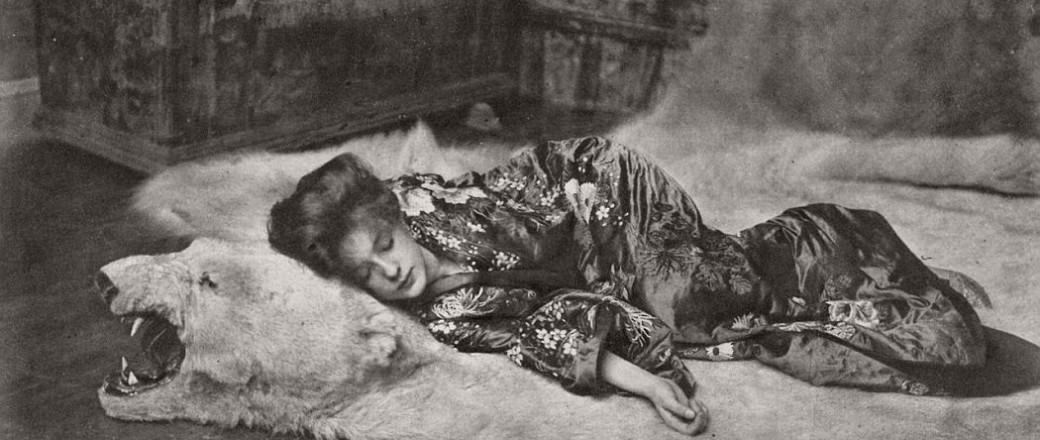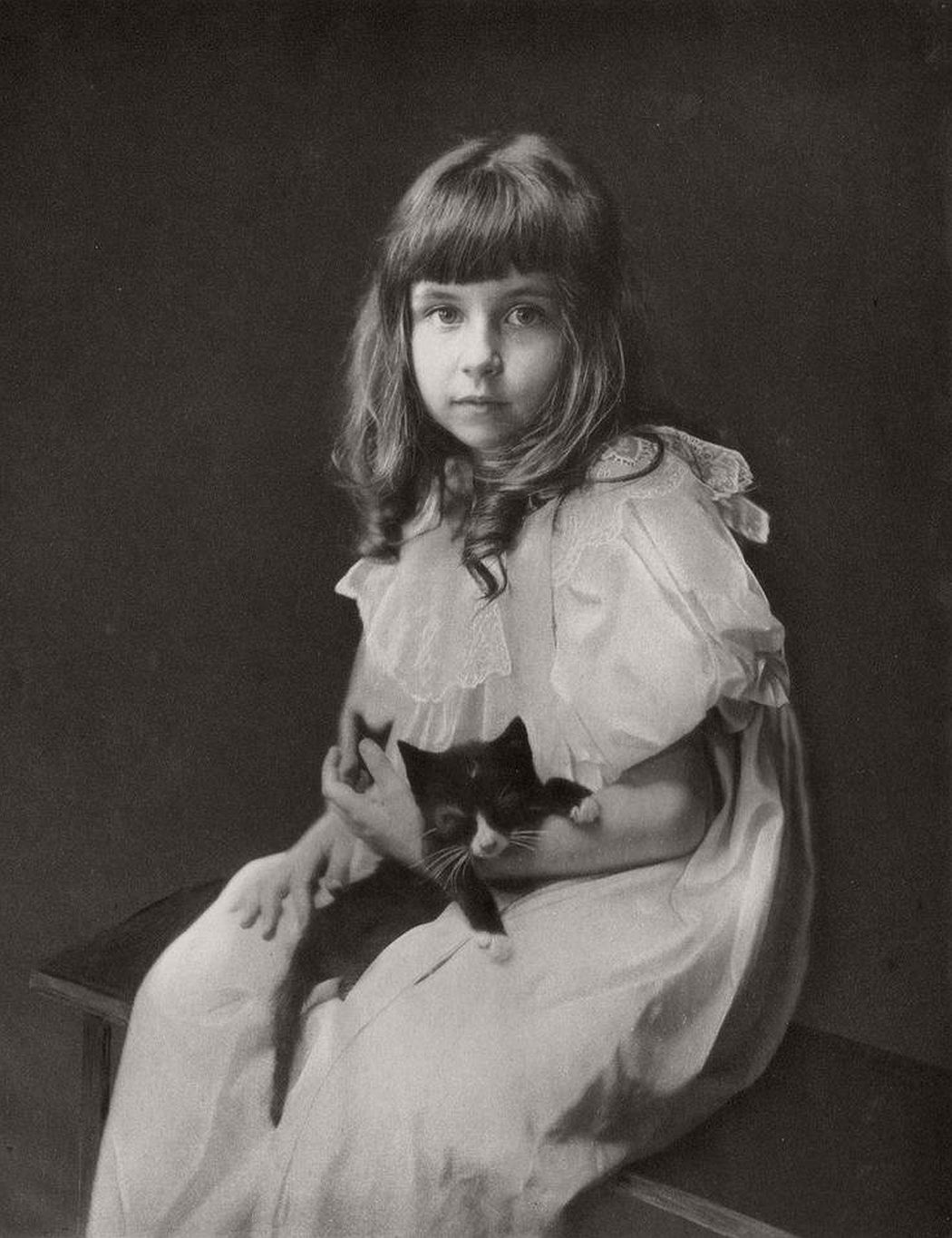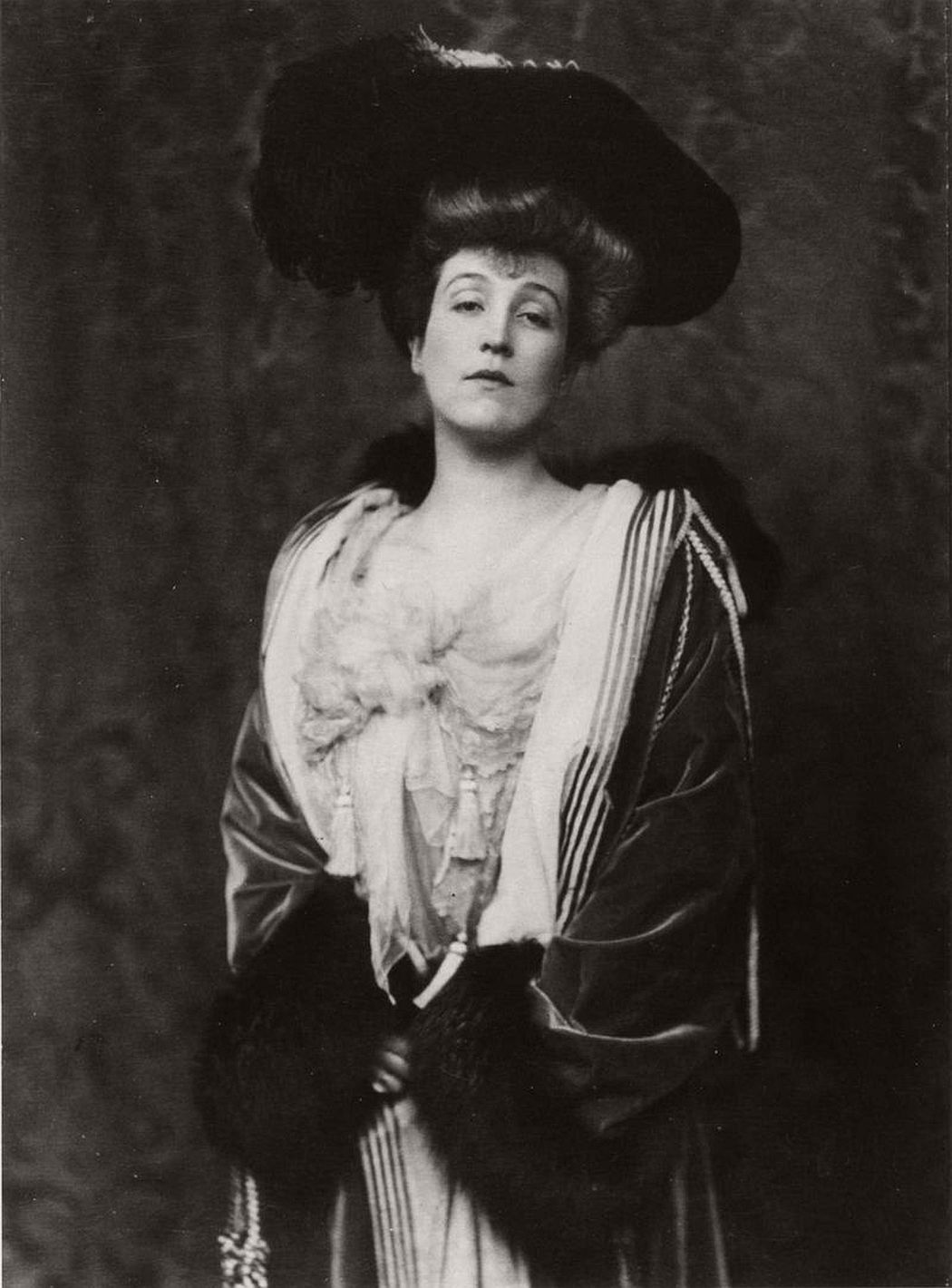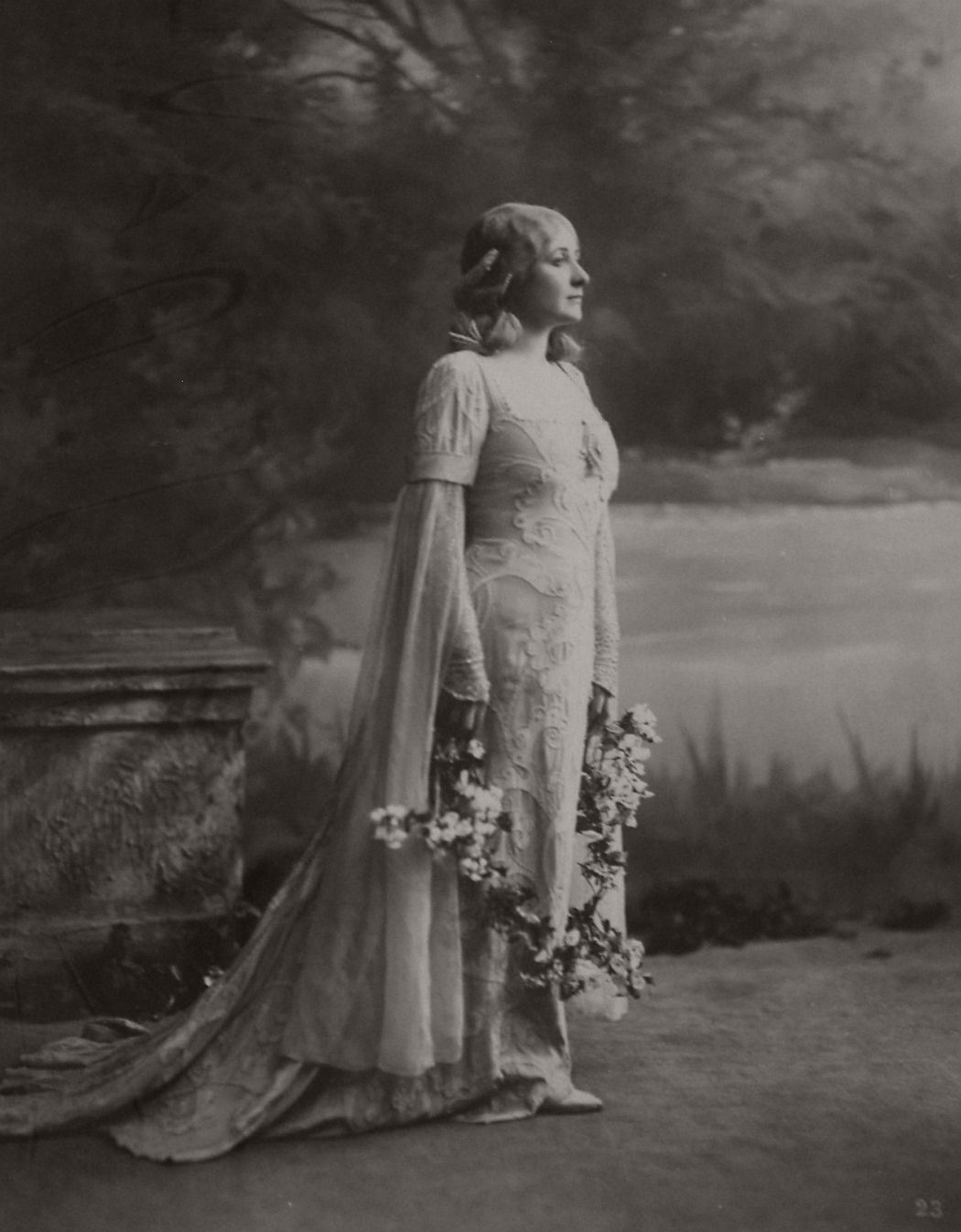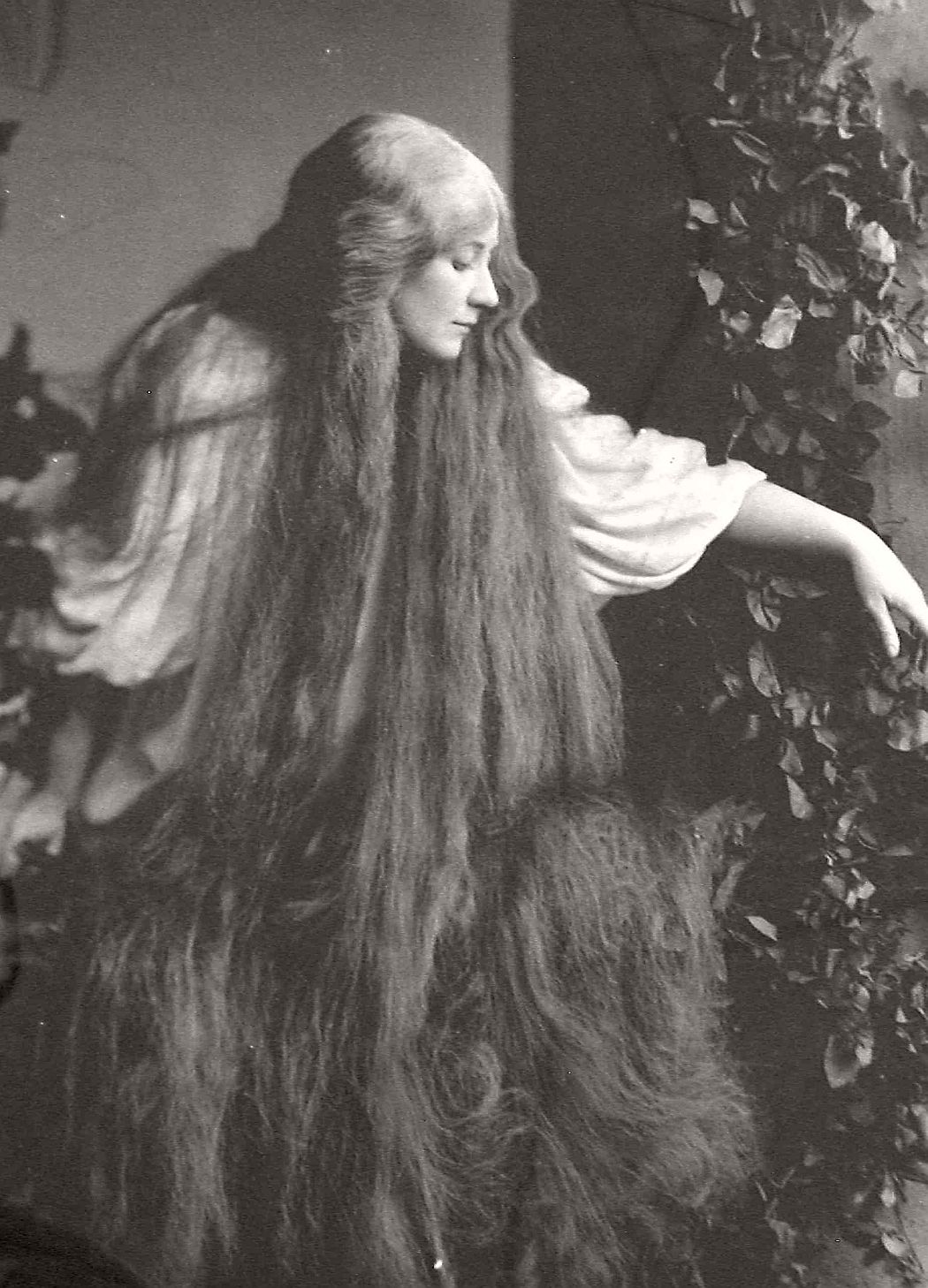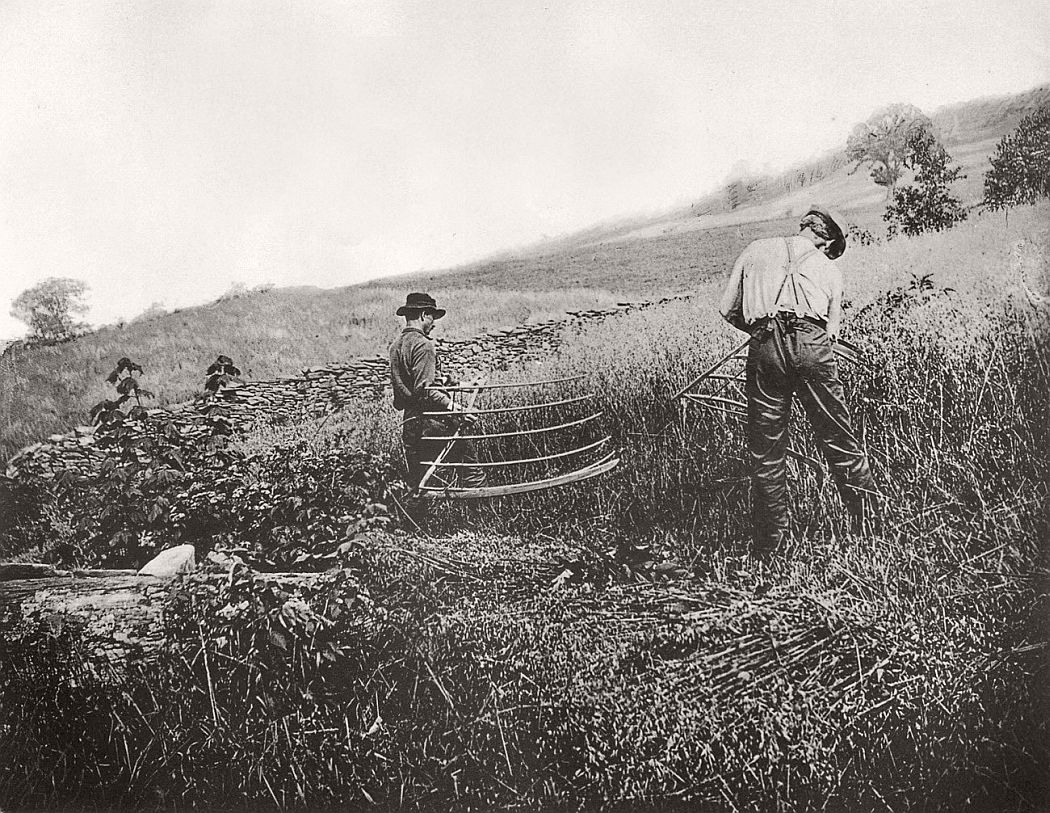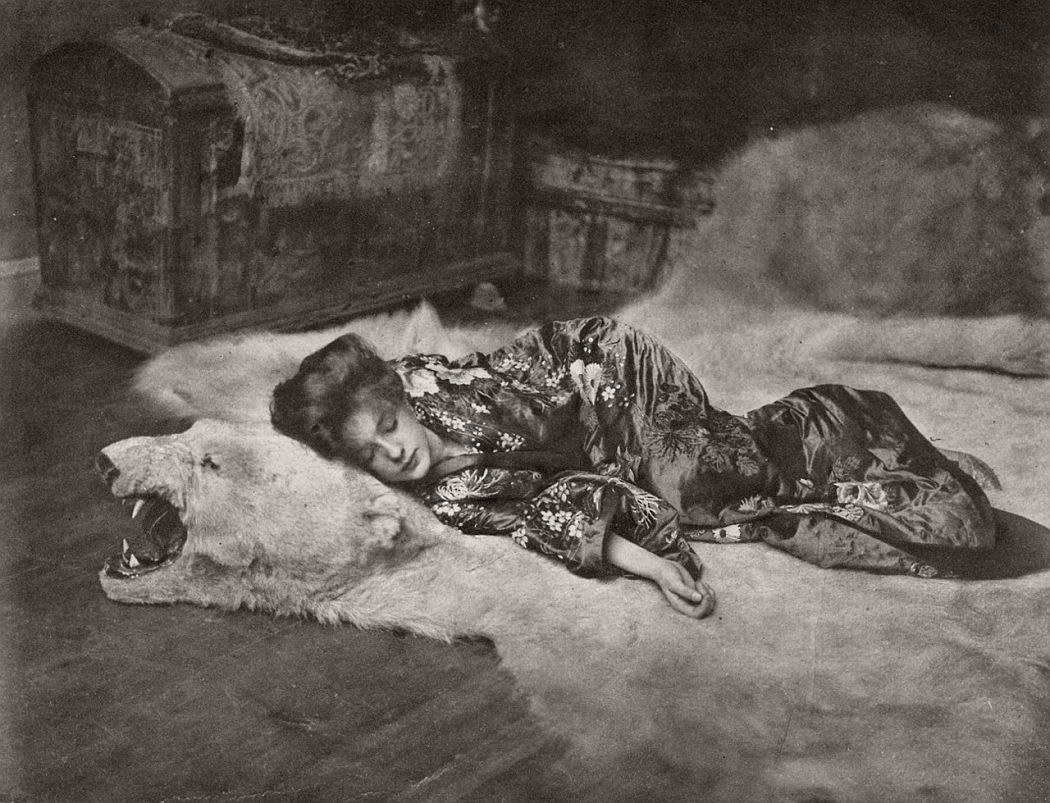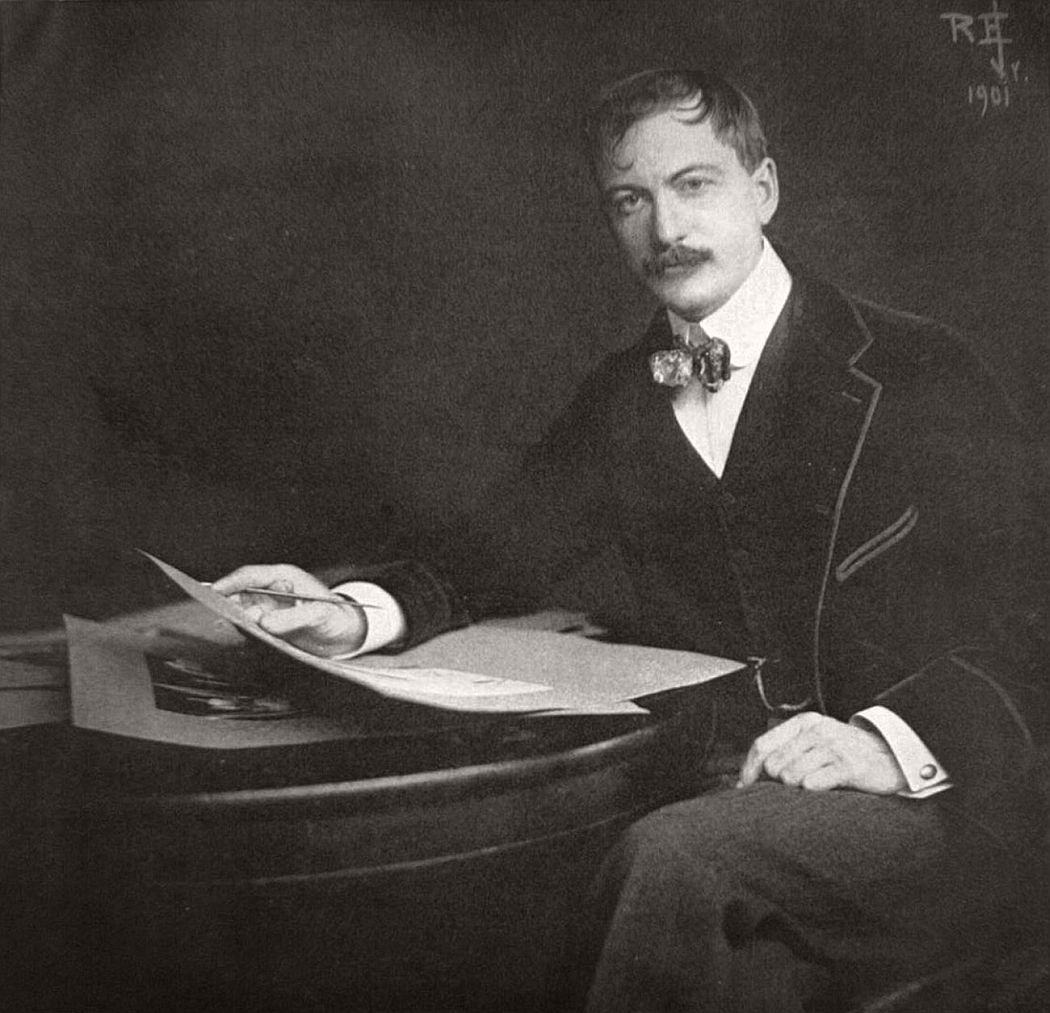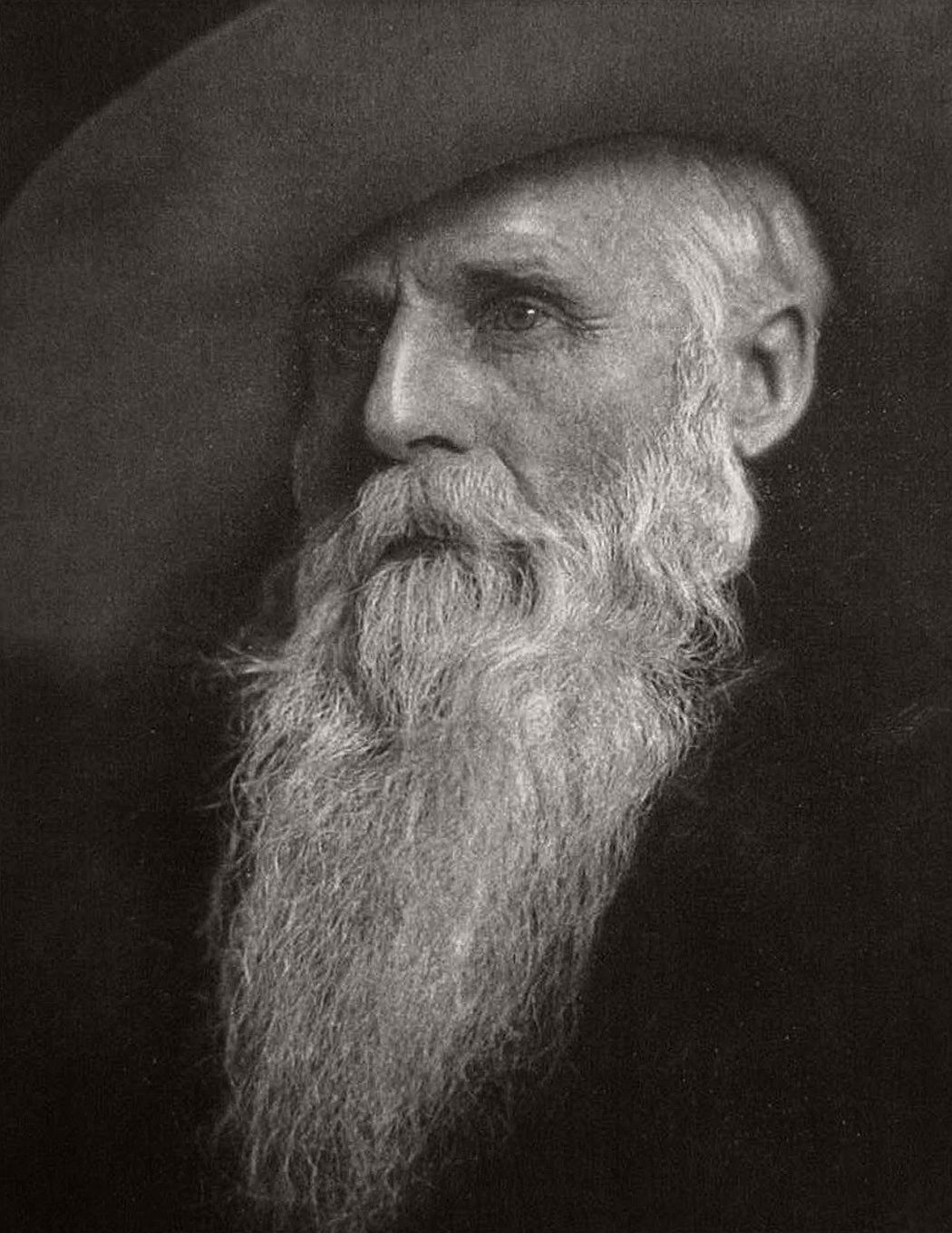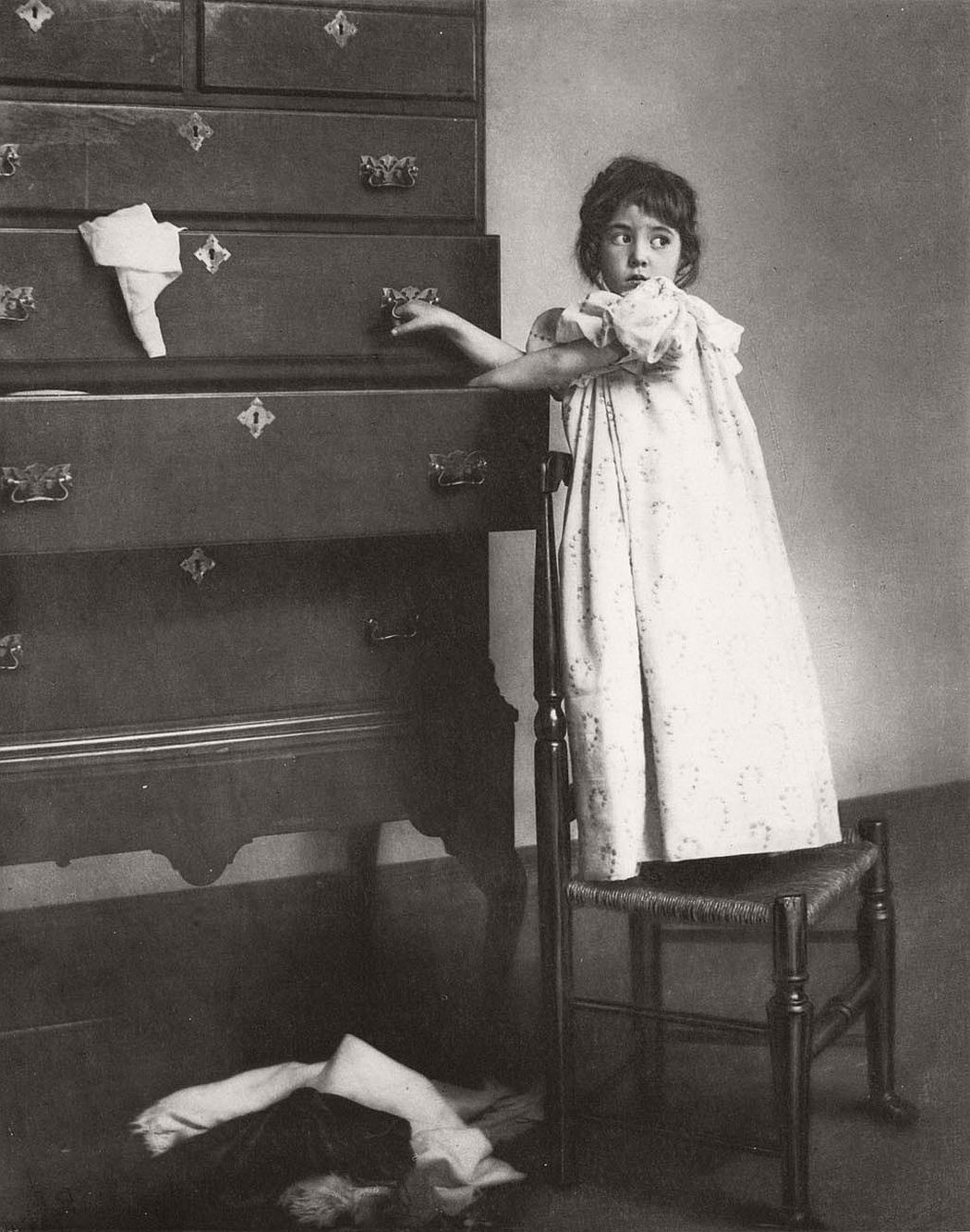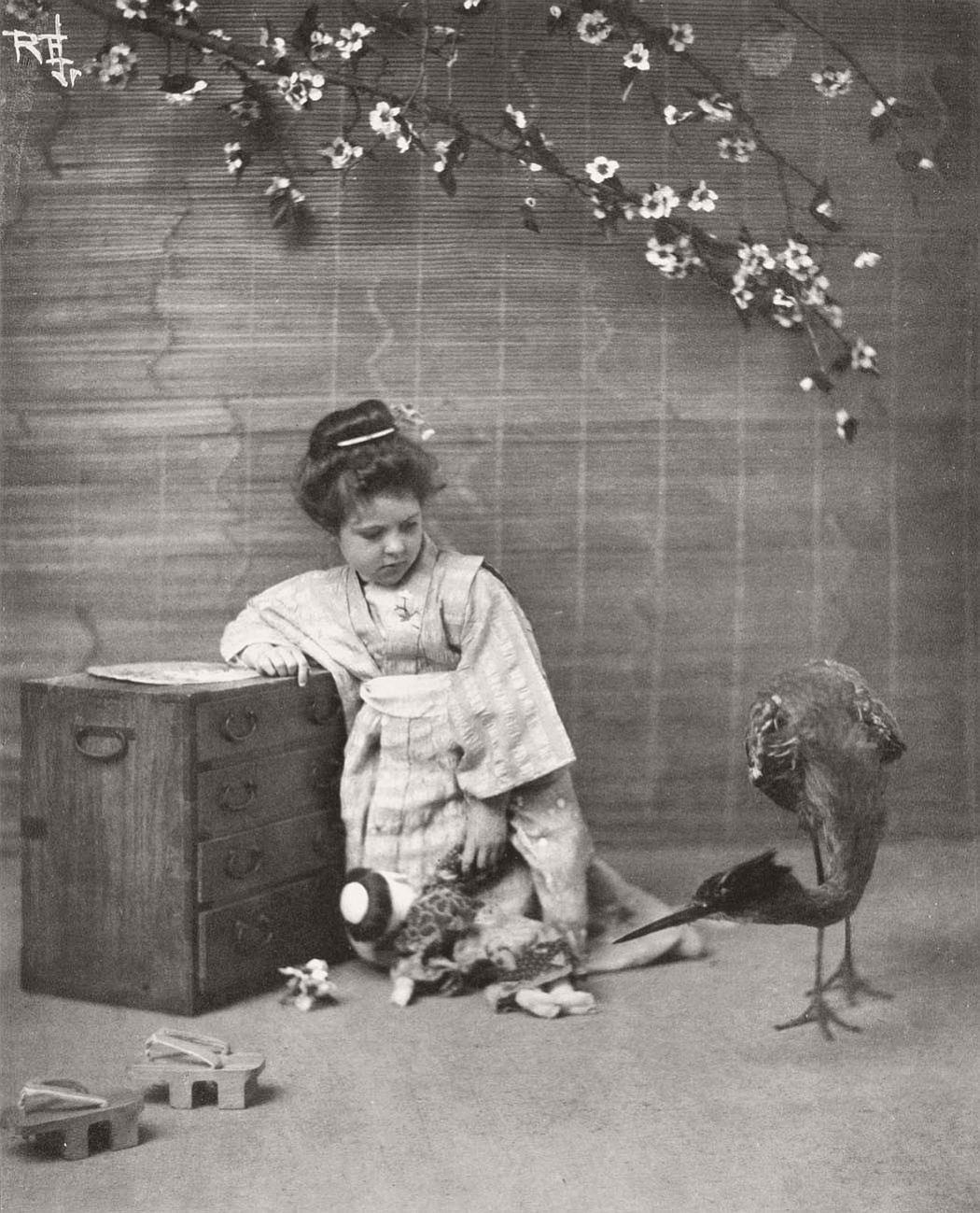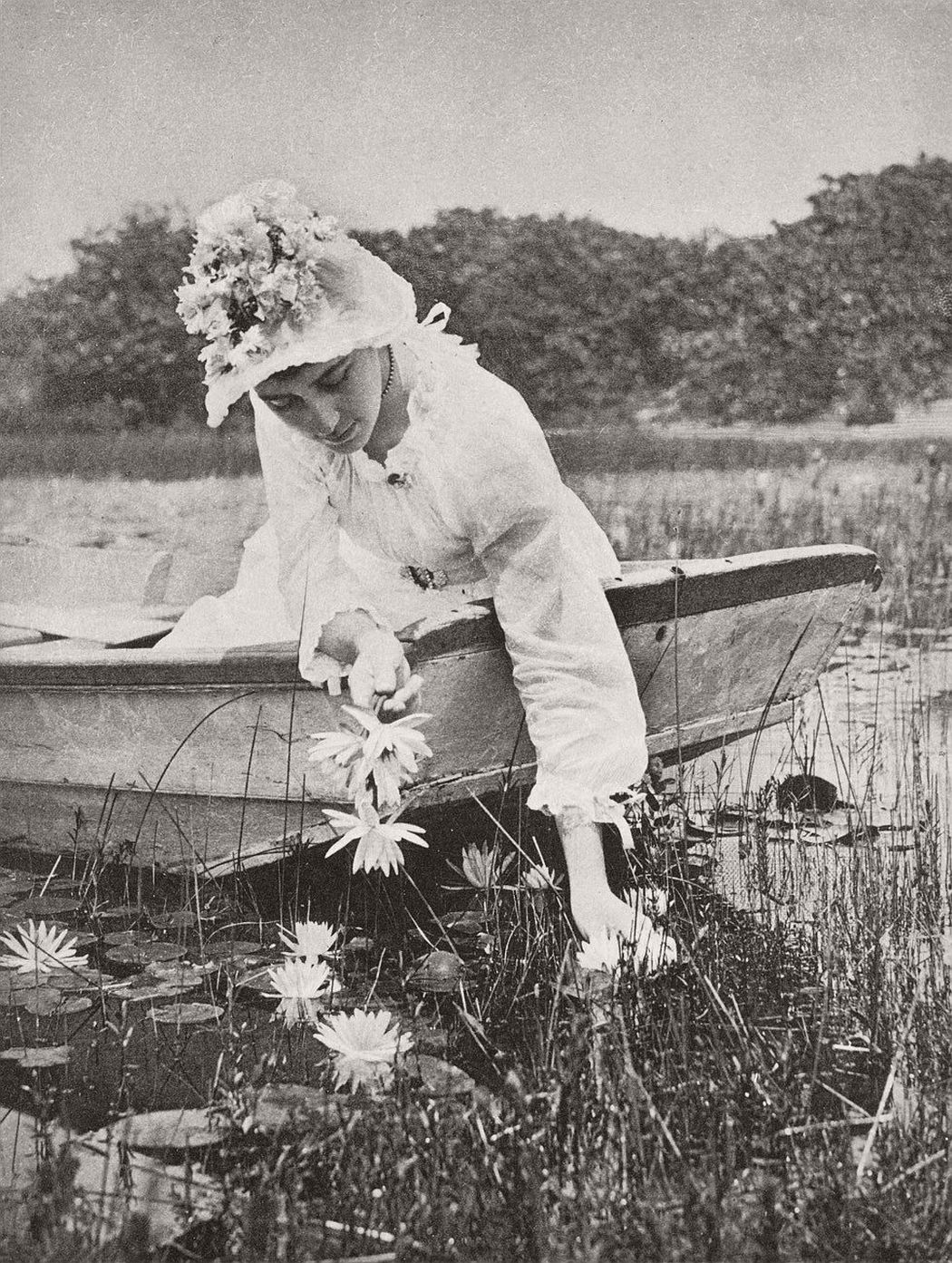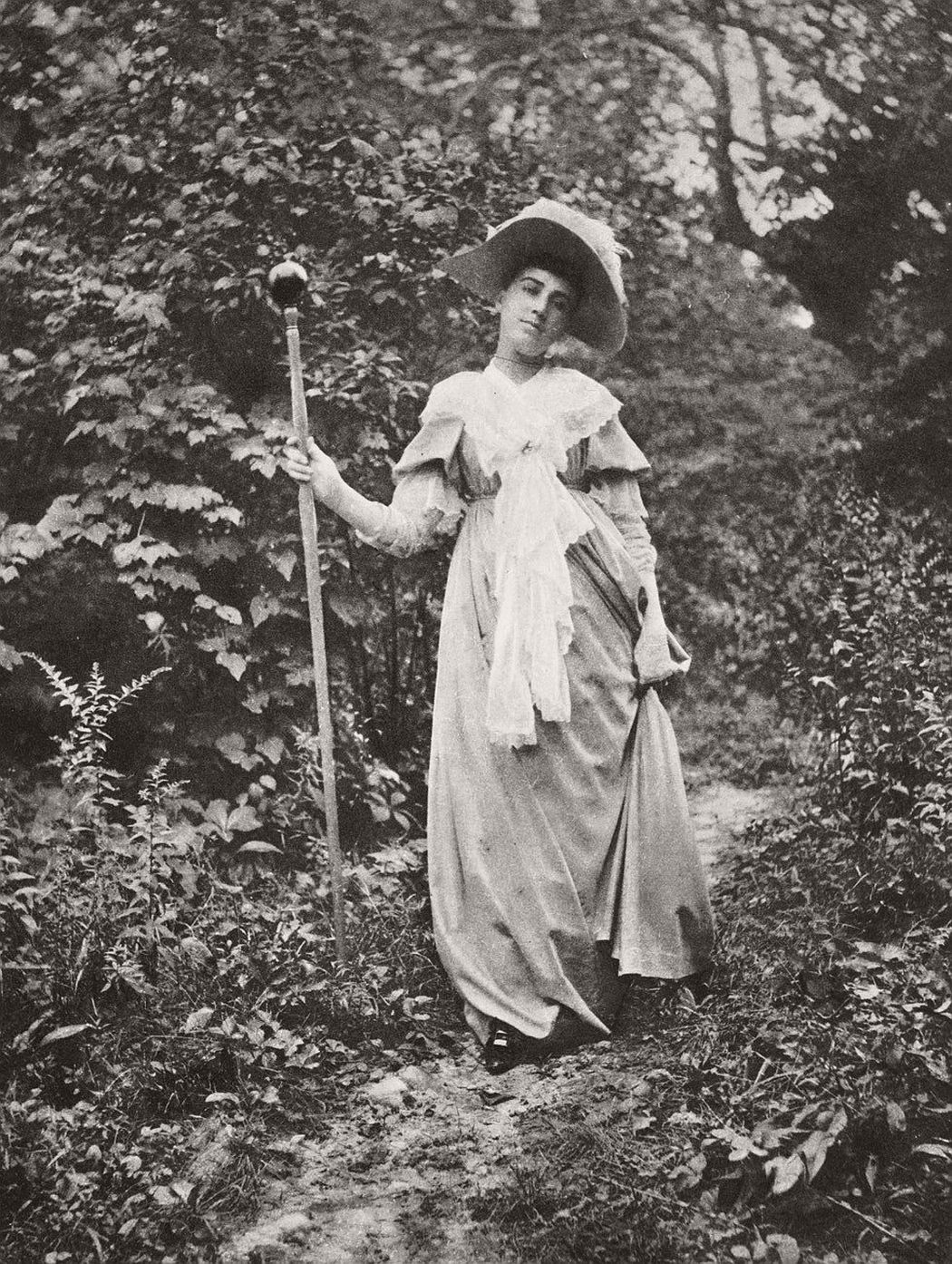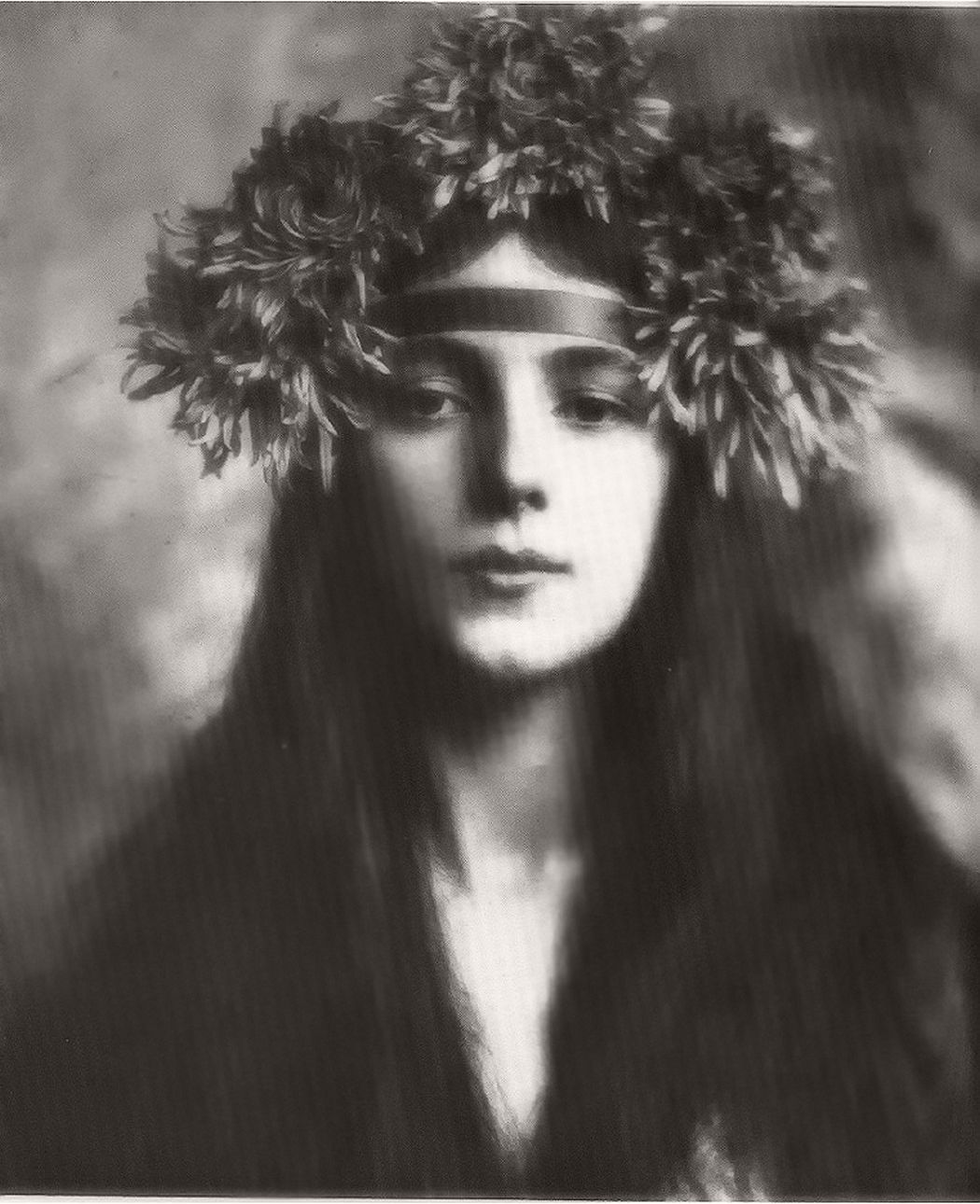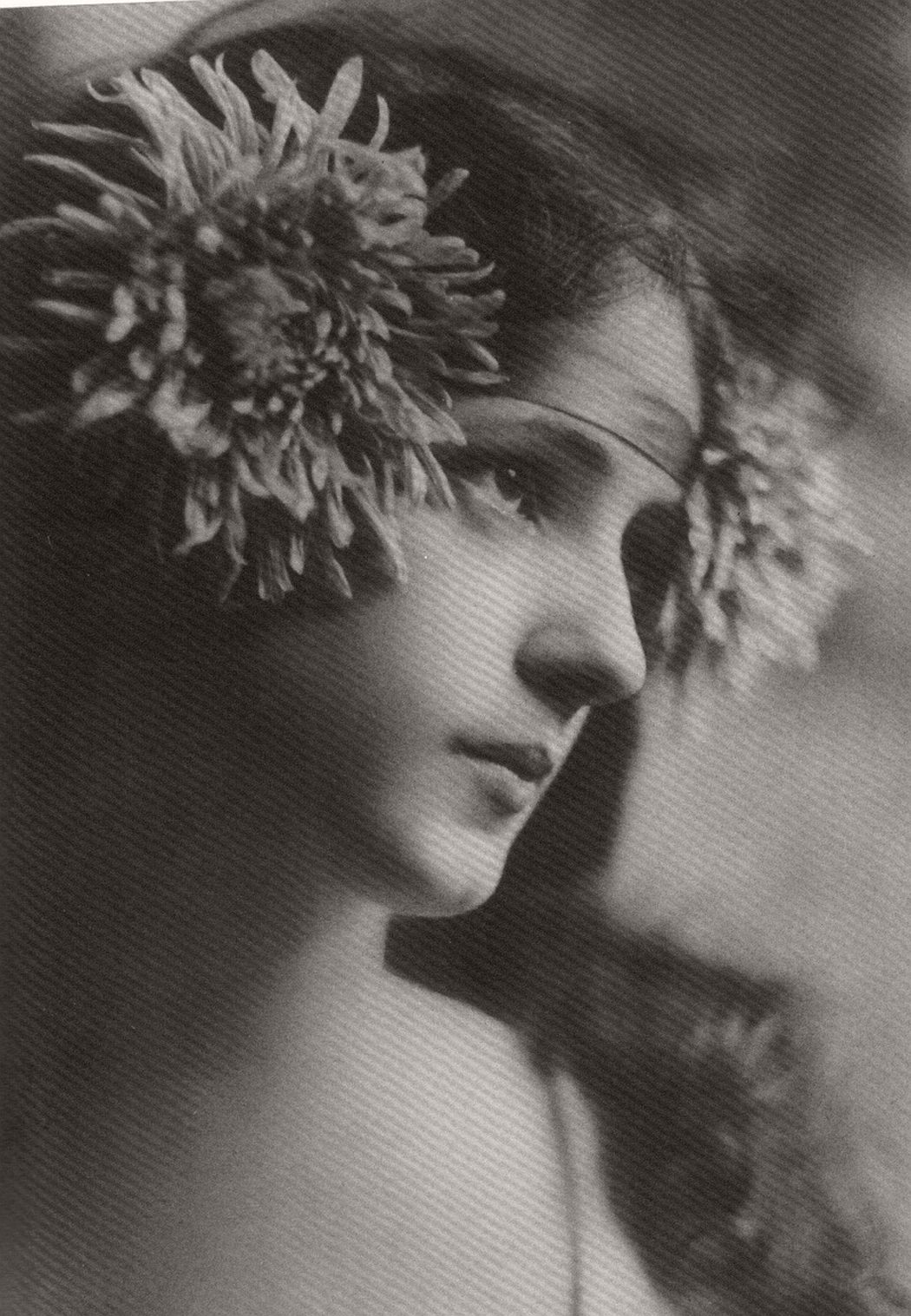Rudolf Eickemeyer, Jr. (August 7, 1862 – April 25, 1932) was an American pictorialist photographer, active in the late 19th and early 20th centuries.
Rudolf Eickemeyer’s photography combined the technological calculation of his engineer father and the aestheticism of the amateur photography clubs that nurtured his art in the 1880s. Purchasing his first camera in 1884, Eickemeyer devoured the ample periodical literature on the practice of camera craft and embraced the artistic ambition of the rising generation. In 1893 he began exhibiting his works in international exhibitions, winning praise for his figure studies. By 1894 he had perfected the strategy for creating prize pictures, imbuing portraits with allegorical resonance, genre scenes with pictorial dynamism, and landscapes with moody texture and startling dramatic foregrounds.
His work was cherished in England particularly. In one competition in Newcastle-upon-Tyne he copped first prize in genre, landscape, and portrait divisions. He and Alfred Stieglitz were invited to join the exclusive circle of British art photographers, the Linked Ring. His lack of an anti-commercial bias made Eickemeyer unusual within the Ring’s membership. For Stieglitz and many in the transatlantic art photography movement, the corporate portrait photography studio typified by Pach Brothers, Sarony, and Marceau Studio in New York represented the antithesis of art. They provided vain cliches for cash. Eickemeyer, however, believed wholeheartedly in the business ideology of the emerging Arts and Crafts movement; beauty could be imbued in the objects of everyday life, provided skilled eyes and hands directed their manufacture.

